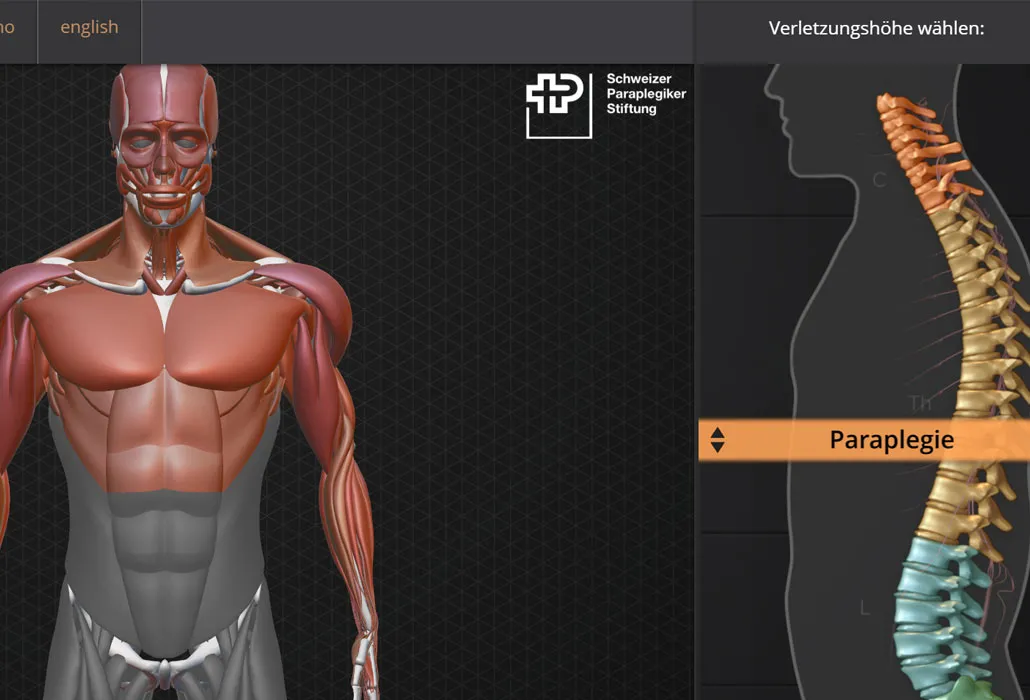Understanding spinal cord injuries
What does a spinal cord injury entail? What are the consequences of a spinal cord injury? What is the best way to treat people with spinal cord injuries? A quick and concise guide to spinal cord injury
The severity of spinal cord injury
A spinal cord injury can turn a person’s life completely upside down. You lose the inability to walk and – at best – can only use your arms in a restricted manner. Many bodily functions are also affected. In the past, spinal cord injuries often resulted in death. Today, at least in countries like Switzerland, people who suffer spinal cord injuries can expect to go on living fulfilling and productive lives.
People with spinal cord injuries are living longer
Today, people with spinal cord injuries are not just living longer. They are living more fulfilling and productive lives than the generations of people with spinal cord injuries who came before them. This change is attributed to the following factors:
- Improvements in medical care New medical care allows patients to survive their spinal cord injury, and even to go on living fulfilling lives.
- Improvements in emergency medical care
- Improvements in healthcare and rehabilitation
- The availability of newer technologies such as mechanical ventilation devices and custom wheelchairs
- An increase in the number of social services and a more accessible environment
A new attitude toward disabilities
Over the past few decades, disabilities have come to be seen in a brand new light. People with disabilities have fought for inclusion and the right to participate in all areas of society. A disability is no longer viewed as an individual defect, but
“the result of the complex interaction between a person’s individual health characteristics and functional capacities and the aspects of their physical, social and behavioural environments".
Prevention
The best way of preventing a spinal cord injury is to avoid certain situations such as traffic accidents, falls and fights. The WHO report recommends the following preventive measures, which are also applicable for the workplace or playing field:
- Avoid or eliminate the cause of spinal cord injury before the injury can occur, e.g. by taking measures to reduce traffic accidents.
- Allow for early diagnosis and treatment and limit the disability. In other words, by quickly recognising that a spinal cord injury may have occurred during an accident. In the event of an accident, secure a professional means of transport to carry the injured person to a suitable facility and allow for access to initial rehabilitation.
- After rehabilitation, reduce complications and help patients to successfully reintegrate into their family, social and professional lives.
Key facts regarding spinal cord injury
Explore other interesting topics
Werden Sie jetzt Mitglied und erhalten Sie im Ernstfall 250 000 Franken.
Spenden Sie jetzt und unterstützen Sie unsere Projekte zugunsten von Querschnittgelähmten.
